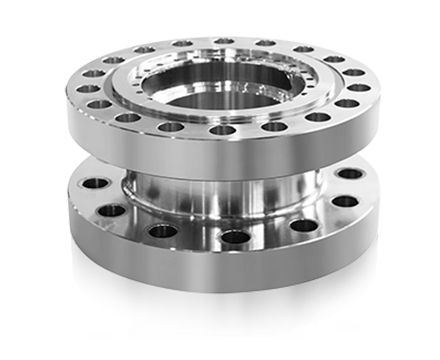Power plants operate in complex and demanding environments where safety, reliability, and efficiency are critical. The selection of appropriate valve components plays a crucial role in ensuring smooth operation, effective flow control, and small downtime. Among the various types of valves used in power plants, ball valves have become a common choice due to their ability to provide reliable shut-off, easy operation, and compatibility with different media. This article explores key industrial ball valve components suited for power plant applications, including the 3 piece body ball valve, 1.5 stainless steel ball valve, and motorized pvc ball valve.

The Role of Ball Valve Components in Power Plants
Ball valves are valued in power generation systems for their tight sealing and quick quarter-turn operation. They are widely used in fuel handling, water systems, cooling circuits, steam lines, and chemical injection systems. Properly engineered ball valve components help manage pressure, control fluid flow, and isolate sections of the plant safely and efficiently.
Power plants commonly face fluctuating pressures, temperature bads, and corrosive substances, requiring valve components to be resilient and durable. Hence, material selection and valve design are paramount in achieving operational reliability.
3 Piece Body Ball Valve: Flexibility and Maintenance Benefits
One widely used design in power plants is the 3 piece body ball valve. This valve design features a body constructed from three separate parts held together by bolts or threaded connections. The modular structure offers several advantages for power plant maintenance and operation:
Ease of Repair: The three-piece design allows for straightforward disassembly without removing the entire valve from the pipeline. This makes it easier to replace internal components such as seals, seats, or the ball itself, reducing downtime during routine maintenance.
Flexibility in Installation: The modular nature of the valve makes it adaptable to various pipeline configurations and pressure classes common in power plant piping systems.
Cost-Effectiveness: Compared to one-piece or two-piece valves, the 3 piece body design simplifies repairs and component replacement, which can reduce long-term maintenance costs.
Manufactured typically in stainless steel or other alloy materials, these valves can withstand the temperature and pressure conditions found in power plants. They are suitable for steam, water, and gas services where operational integrity is critical.
1.5 Stainless Steel Ball Valve: A Compact Solution
The 1.5 stainless steel ball valve refers to a valve with a nominal size of 1.5 inches made from stainless steel, a material known for its corrosion resistance and strength. Stainless steel valves are preferred in power plants for several reasons:
Corrosion Resistance: Power plants often deal with water treatment chemicals, steam, and other corrosive fluids. Stainless steel resists oxidation and chemical attack, helping to prolong valve service life.
Temperature Tolerance: Stainless steel ball valves maintain their mechanical properties under high-temperature conditions, making them suitable for steam lines and thermal systems.
Compact Size: The 1.5-inch size offers a balance between flow capacity and space requirements, often used in smaller pipeline branches or instrumentation lines.
This type of valve is commonly installed in auxiliary systems within power plants, such as instrumentation, sampling lines, and small flow control circuits. The precise machining and finishing of the stainless steel ball and seats contribute to tight shut-off and low leakage rates.
Motorized PVC Ball Valve: Automation and Chemical Resistance
Automation and remote operation are increasingly important in modern power plants, and valve automation helps improve control accuracy and safety. The motorized pvc ball valve is a type of valve equipped with an electric actuator that allows for automated opening and closing.
PVC (polyvinyl chloride) offers unique advantages for specific power plant applications:
Chemical Resistance: PVC valves are resistant to many acids, alkalis, and chemical additives used in water treatment and cooling systems, making them suitable for handling aggressive fluids.
Lightweight Construction: PVC is significantly lighter than metal, which can simplify installation in certain non-critical or low-pressure parts of the plant.
Motorized Control: The integration of a motorized actuator enables remote operation, which is beneficial for valves located in hazardous or hard-to-reach areas.
While PVC valves are typically limited to lower temperature and pressure ranges compared to metal valves, the motorized pvc ball valve can still find useful applications in auxiliary water treatment, chemical dosing systems, and secondary circuits within power plants.
Selection Criteria and Considerations
Choosing the appropriate ball valve components for power plants depends on several factors, including:
Operating Pressure and Temperature: Valves must match the specific pressure and temperature ratings of the system they serve.
Fluid Characteristics: Compatibility with fluids, including corrosive chemicals, steam, or abrasive media, determines the valve material and design.
Maintenance Requirements: Ease of disassembly and replacement can impact plant uptime and maintenance costs.
Automation Needs: The requirement for remote operation may influence the decision to use motorized valves.
Installation Constraints: Space, pipeline layout, and access considerations affect valve size and configuration.
Each application within a power plant may require a different combination of valve components, highlighting the importance of engineering evaluation and precise specification.